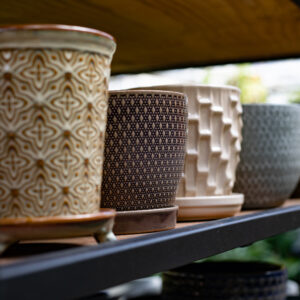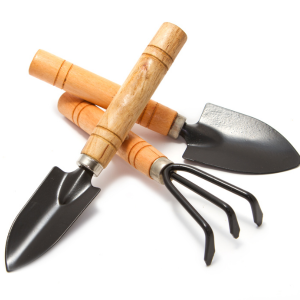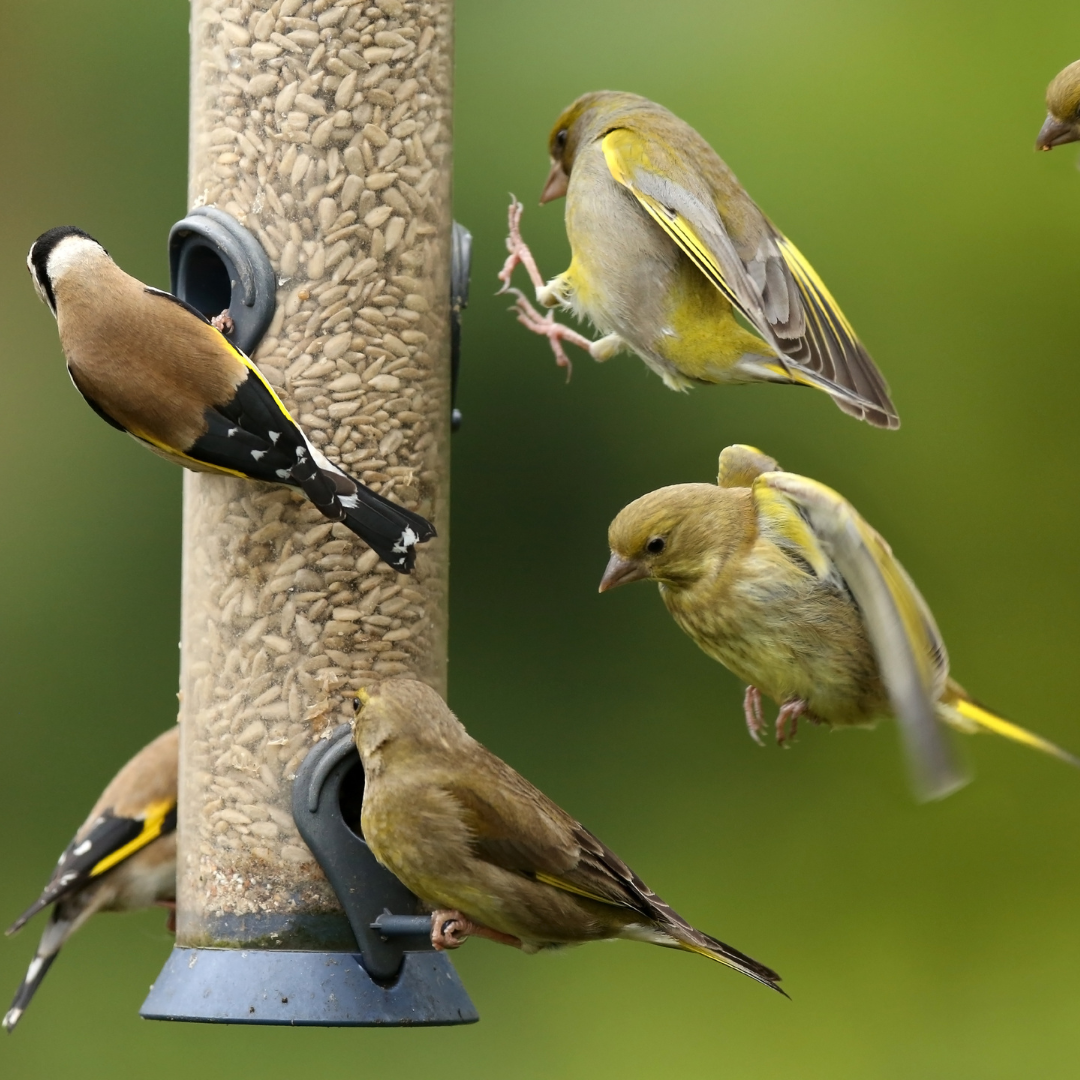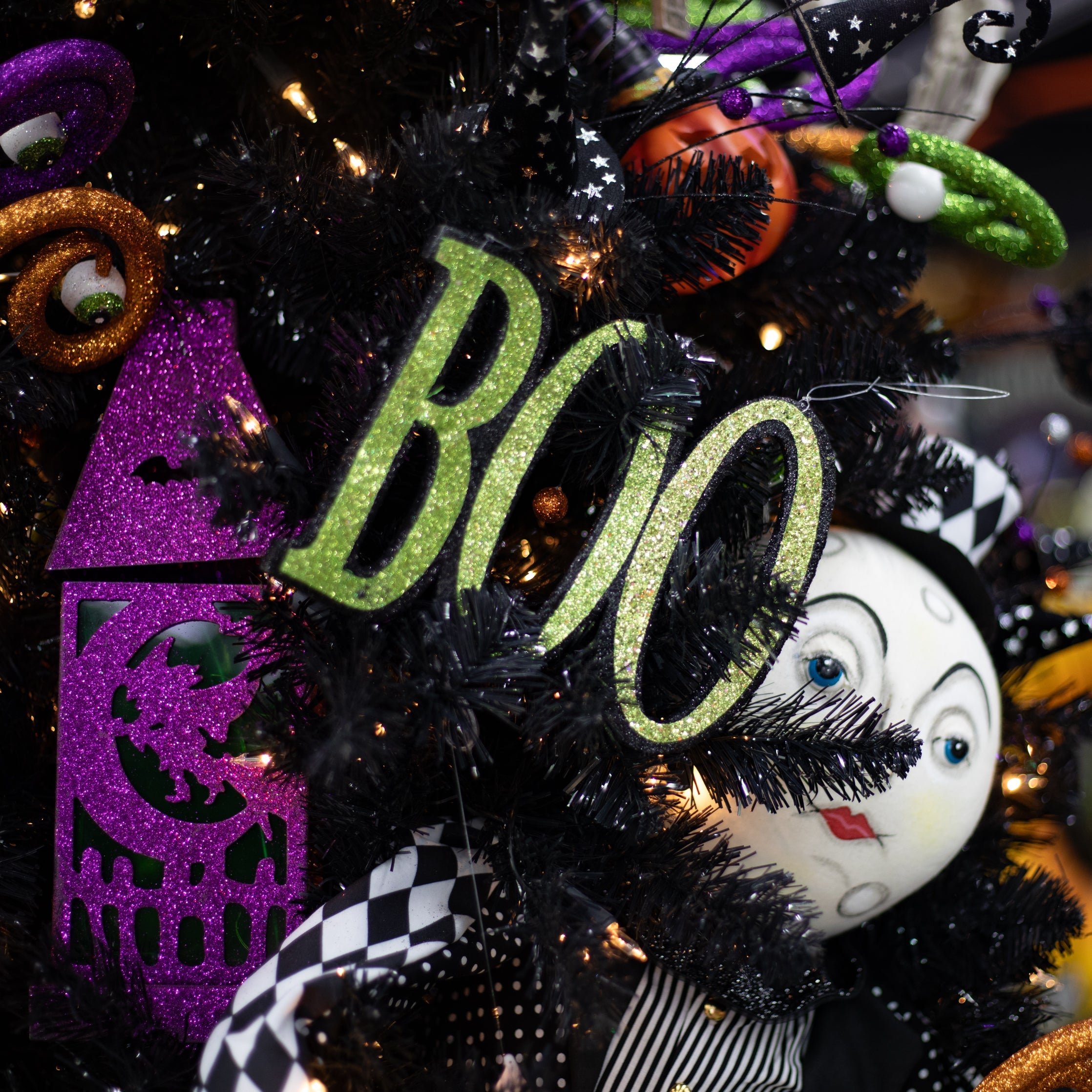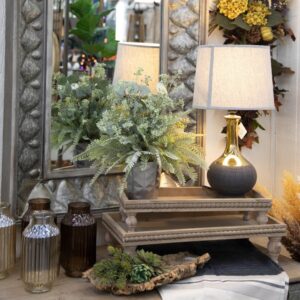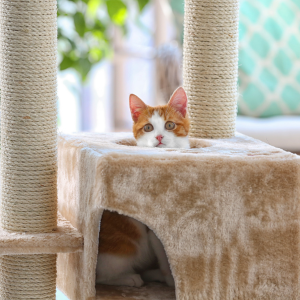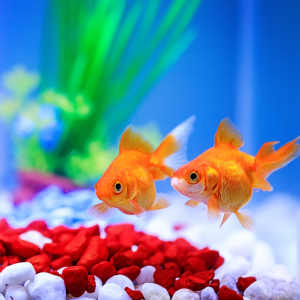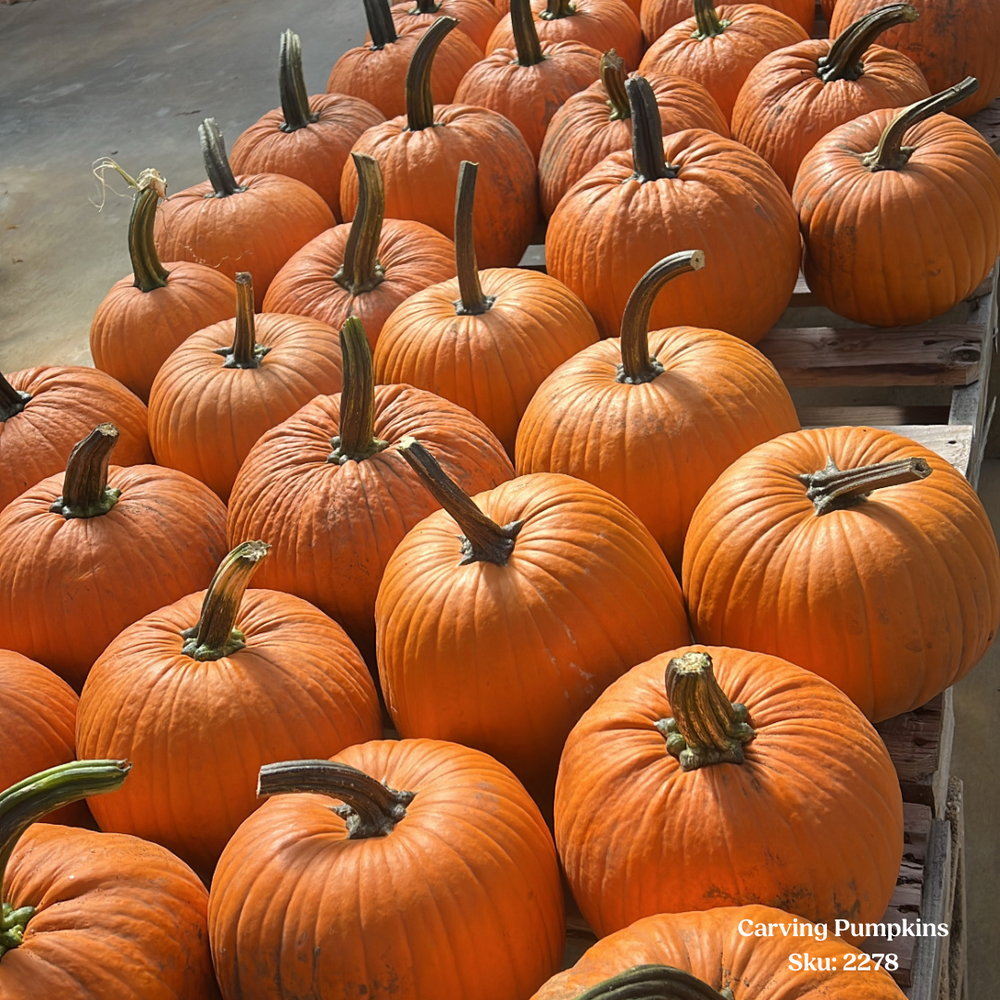African Violet Care
African Violets are beloved for their velvety leaves and continuous clusters of colorful blooms.
Compact and perfect for windowsills, they thrive indoors year-round with the right balance of light, moisture, and care.
A favorite among plant lovers for generations, African Violets reward consistency with frequent flowering.

Light
Prefers bright, indirect light. East- or north-facing windows are ideal. Avoid direct sun—it can scorch leaves. Low light = fewer blooms, leggy growth.

Watering
Keep soil consistently moist, but not soggy. Water from the bottom or around the edge to avoid wetting leaves. Use room temperature, distilled, or filtered water.

Humidity
Prefers moderate to high humidity (50%+). Avoid misting—water on leaves can cause spotting or rot. Use a pebble tray if needed.

Temperature
Ideal range: 65–75°F (18–24°C). Avoid cold drafts and sudden temperature changes.

Soil
Use a light, airy African violet potting mix. Must be well-draining and rich in organic matter.

Fertilizing
Feed every 2–4 weeks during active growth. Use a balanced or violet-specific fertilizer diluted to half strength. Avoid overfertilizing—can cause leaf burn.

Repotting
Every 6–12 months to refresh soil. Repot into the same or slightly larger pot—violets like tight roots.

Pruning & Cleaning
Remove spent blooms and yellowing leaves regularly. Gently brush or blow off dust—do not wipe fuzzy leaves.

Pet Safety
Non-toxic to cats and dogs.
Safe for pet-friendly homes.

Common Problems
Yellow leaves = overwatering or poor drainage. No blooms = low light, overwatering, or too much nitrogen. Crown rot = water in center of plant.

Common Pests
Watch out for mealybugs, aphids, thrips, and cyclamen mites.

Fun Fact
African Violets can bloom year-round indoors and come in hundreds of varieties, including double blooms, variegated leaves, and trailing types.



